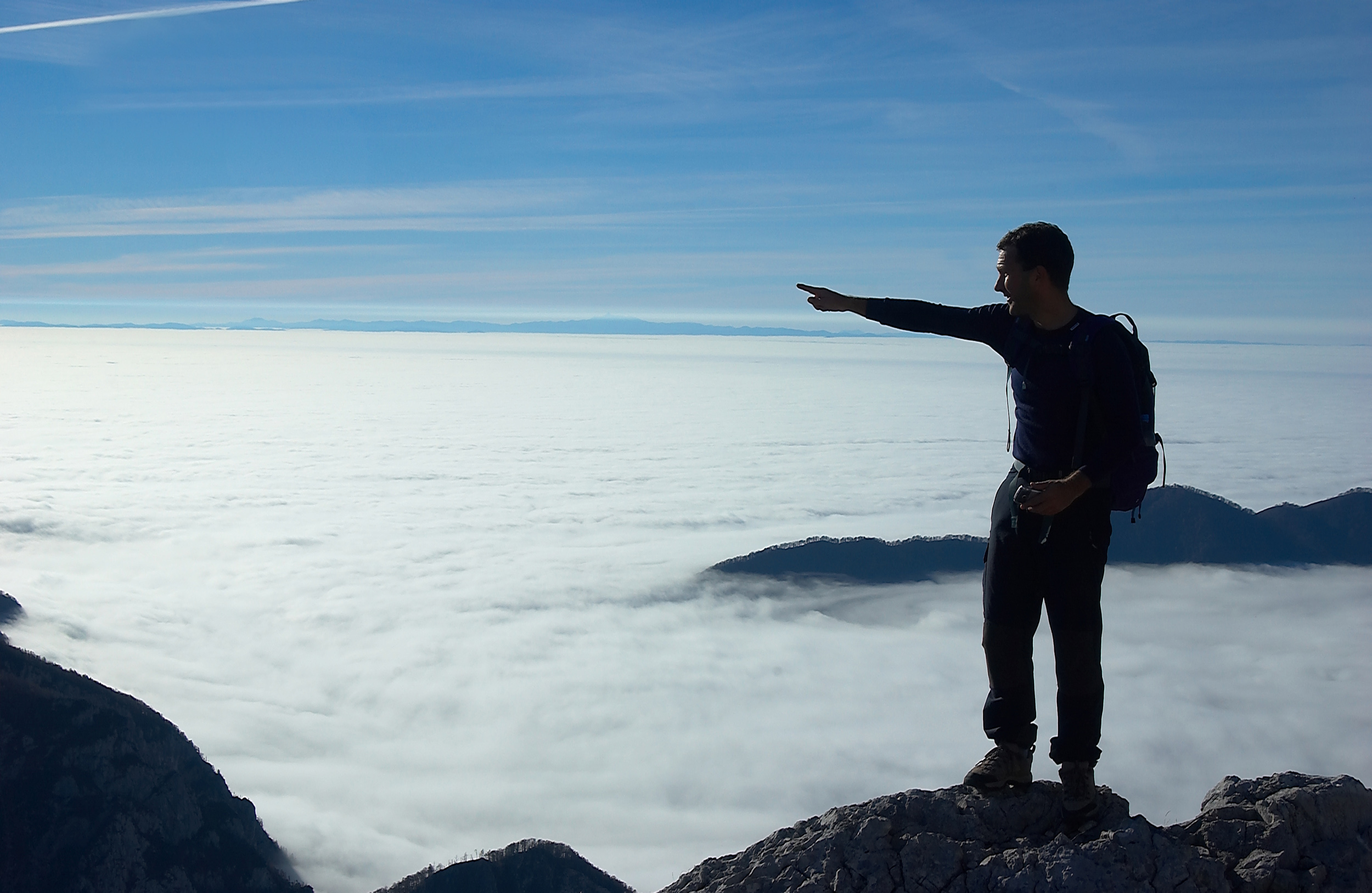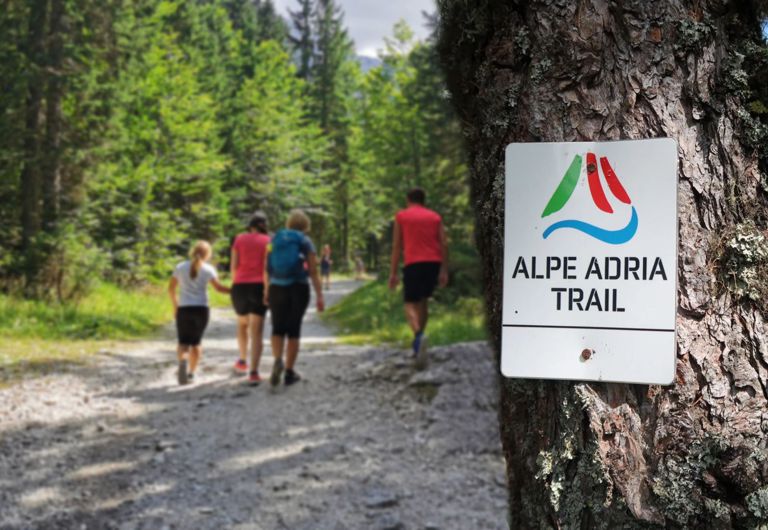The Walk of Peace is located partly in Slovenia and partly in neighbouring Italy. When hiking the Walk of Peace, you’ll be only too aware of following in the footsteps of thousands of young men of different nationalities whose young lives were snuffed out. Enjoy the unspoiled natural beauties of the Soča Valley. You’ll be struck by the joyously peaceful nature of an area that, just over 100 years ago, erupted to the sounds of explosions and gunfire. Perhaps you’ll hear the echoes of the cries of wounded soldiers or the song of the shepherd attending his flock in the pasture. The Walk of Peace is a walk of memory and of freedom.
Walk of Peace along the trails of the Isonzo Front
The Soča Valley has seen its fair share of conflict in the past, having witnessed the full horrors of the First World War in the form of the Isonzo Front. The numerous remains, memorials and open-air museums bear witness to the horrors of war. Take a hike along the Walk of Peace, which stretches for 400 km through a landscape that witnessed the horrors of the First World War in the form of the Isonzo Front. You’ll need 25 days to complete the entire trail.












